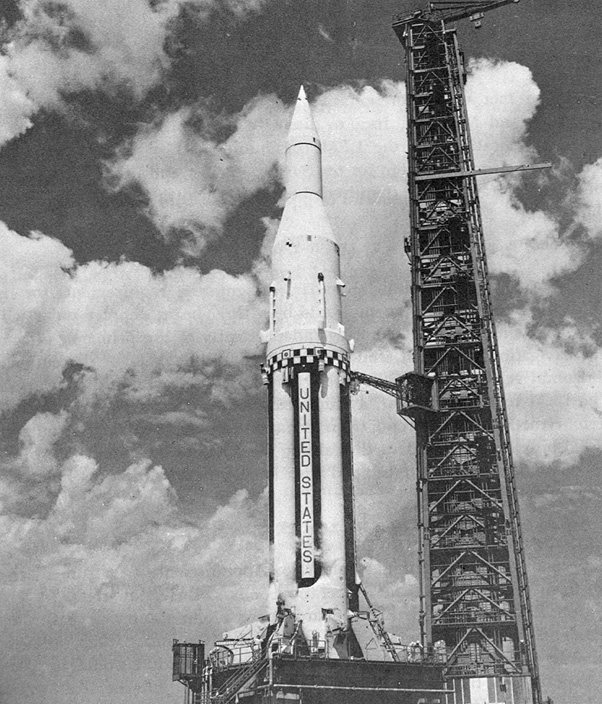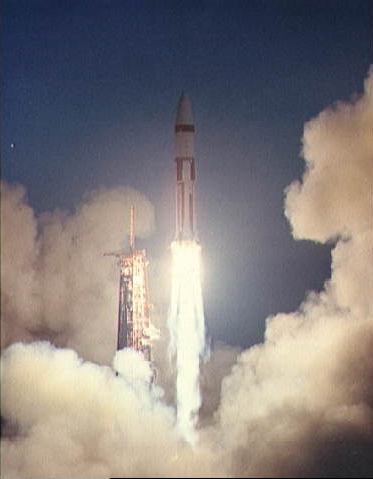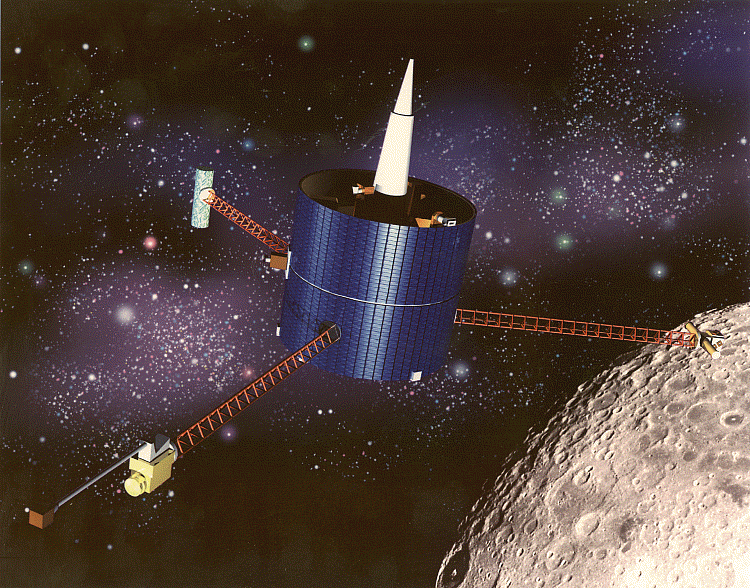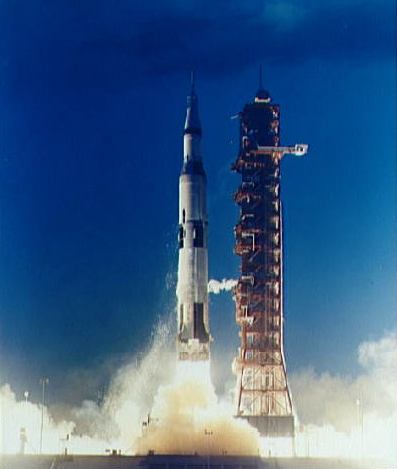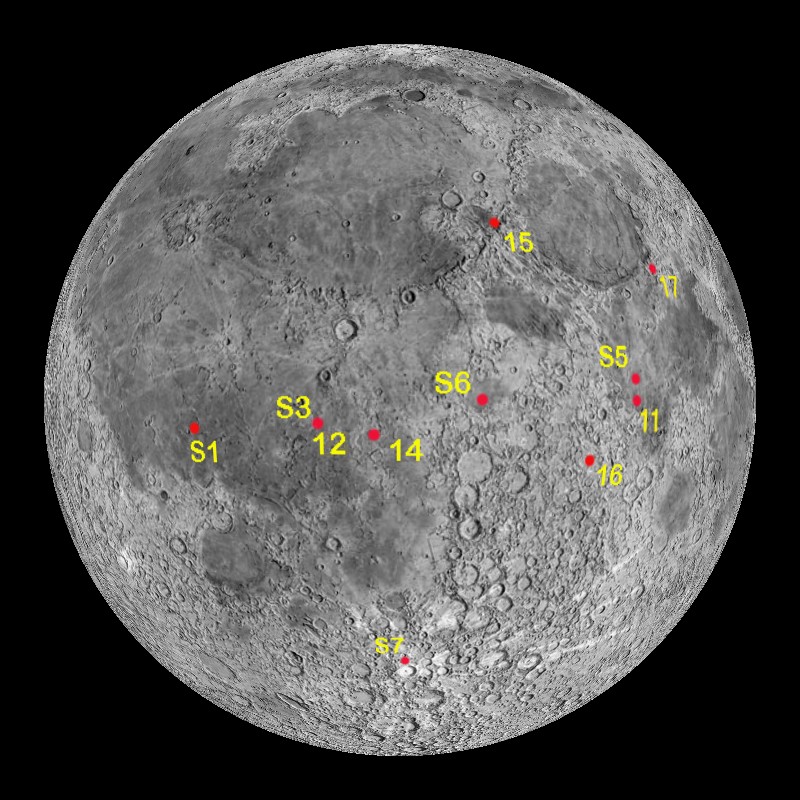Forty-five years ago today — April 4, 1968 — the final qualification flight of the Saturn V launch vehicle and the Apollo spacecraft launched from the Kennedy Space Center.
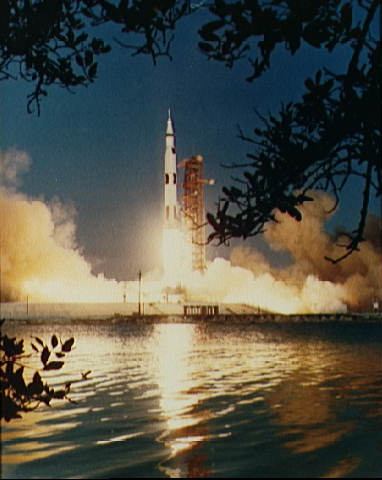
(Apollo 6 launch. NASA image.)
Apollo 6 consisted of a complete three-stage Saturn V, a Command and Service Module, and a “boilerplate” or “pathfinder” Lunar Module. The mission encountered several major problems:
Two minutes and five seconds after launch, the Saturn V structure underwent a severe pogo oscillation, without damage to the spacecraft structure. Due to a manufacturing flaw and unrelated to the pogo oscillations, structural panels were lost from the lunar module adapter. Finally, after the completion of first stage firing and part way through the second stage burn, two of the five second stage J-2 engines shut down prematurely. The planned 175 km circular Earth orbit was not achieved, instead, after completion of the third stage burn, the spacecraft was in a 172.1 x 223.1 km, 89.8 min orbit. After two orbits, the third stage failed to reignite as planned, so the Service Module propulsion system was used to boost the spacecraft to an apogee of 22,225.4 km, from which the planned lunar reentry simulation took place at 36,025 km/hr, slightly less than the planned velocity of 40,000 km/hr. The Command Module splashed down 80 km off target 9 hr 50 min after launch and was recovered in good condition.
Fifteen years later, on April 4, 1983, the Space Shuttle Challenger launched from the Kennedy Space Center on its first flight, mission STS-6. Astronauts Paul J. Weitz, Karol J. Bobko, Donald H. Peterson and Story F. Musgrave spent 5 days in space and deployed the first Tracking and Data Relay Satellite.
The STS-6 mission was not without its problems. The Inertial Upper Stage placed TDRS-1 in the wrong orbit, and later the satellite’s own thrusters were used to put it into the correct orbit (much like the service module’s thrusters being used on Apollo 6, and some recent spacecraft which have been recovered by judicious use of on-board propulsion). Nevertheless, the overall STS-6 mission was successful and featured the first spacewalk from a Shuttle.
Looking back at these two launches, it seems our space exploits have regressed instead of progressed. Given 10 years between Explorer 1 and Apollo 6, and 15 years between Apollo 6 and STS-6, and 30 years since then, you might think that we should have a colony on Mars by now. So this image of Challenger rolling out in the fog seems apt:

(STS-6 rollout to pad 39A, in the fog. NASA image.)
Here’s hoping we soon catch up to the future!




